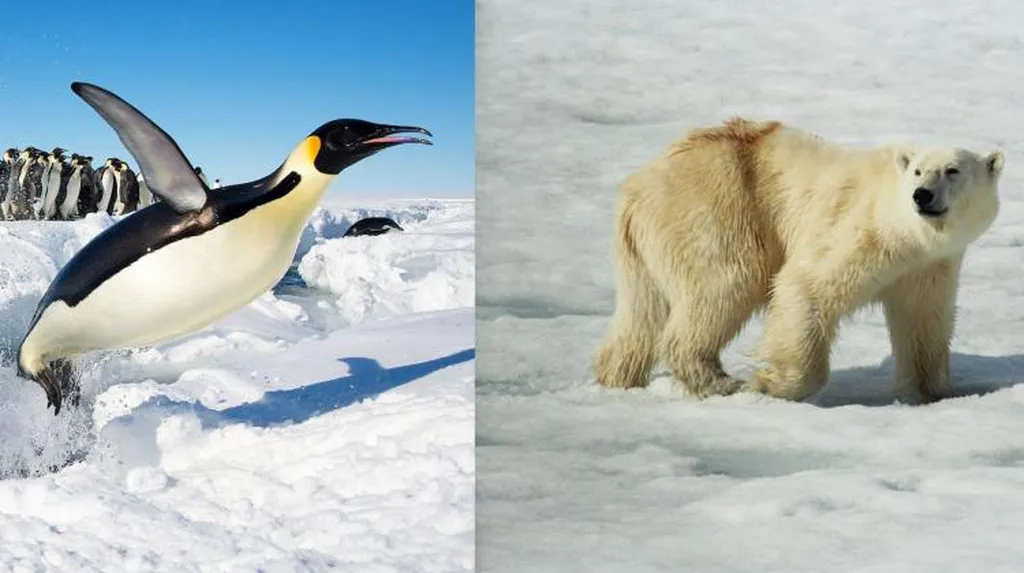In the relentless pursuit of high-performance materials, scientists are turning to nature for inspiration, and the latest breakthrough in thermal insulation is no exception. Researchers, led by Zhang Yangfan from the Jiangsu Key Laboratory of New Energy Devices & Interface Science at Nanjing University of Information Science & Technology, have delved into the world of Antarctic penguins and polar bears to unlock the secrets of their exceptional thermoregulation. Their findings, published in *Cailiao gongcheng* (which translates to *Materials Engineering*), could revolutionize the energy sector by providing superior insulation materials with wide-ranging applications.
The team focused on the unique macro-nano porous structures found in penguin feathers and polar bear fur, which enable these creatures to thrive in extremely cold environments. By mimicking these natural designs, the researchers have developed a series of scalable, high-performance insulation materials. “The key lies in the hollow structures,” explains Zhang. “These structures significantly reduce thermal conductivity, making them ideal for thermal management in various applications.”
The implications for the energy sector are substantial. Efficient thermal insulation is crucial for reducing energy consumption in buildings, industrial processes, and even space exploration. The biomimetic materials developed by Zhang’s team could lead to more energy-efficient homes, factories, and even spacecraft, ultimately lowering carbon emissions and energy costs.
But the potential applications don’t stop at insulation. The researchers also explored the use of these materials in interfacial solar thermal evaporation, a process that could enhance water desalination and purification technologies. “By integrating these materials into solar thermal systems, we can improve the efficiency of water evaporation, making the process more sustainable and cost-effective,” Zhang adds.
The study not only highlights the importance of bionic structures in material science but also underscores the need for interdisciplinary research. By bridging the gap between biology and engineering, scientists can develop innovative solutions to some of the world’s most pressing challenges.
As the field of biomimetic materials continues to evolve, the work of Zhang and his team serves as a testament to the power of nature-inspired design. Their research paves the way for future advancements in thermal management, energy utilization, and ecological conservation, offering a glimpse into a future where nature and technology converge to create sustainable solutions.
In an era where energy efficiency and environmental sustainability are paramount, the insights gained from this study could shape the future of the energy sector, driving innovation and fostering a greener, more efficient world.

